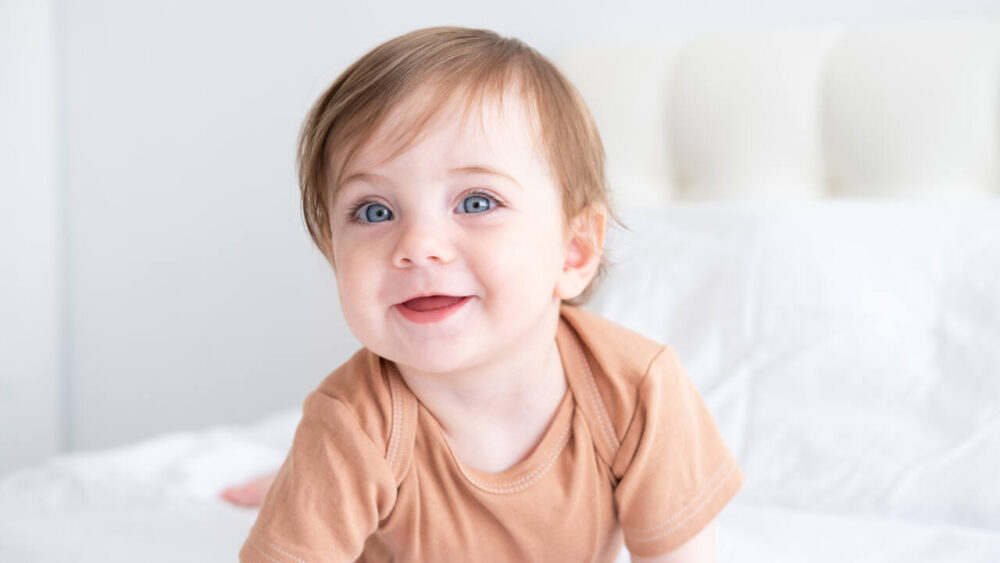You probably know a number of people who have blue eyes (and you may possess them yourself), but just about 10,000 years ago, blue-eyed folks were unheard of. For a long time, all humans had brown eyes, until one northern European with a genetic mutation brought a whole new look to the human eyeball. To this day, every blue-eyed person is a descendant of that first azure-eyed person.
Similar to skin color, eye color comes down to the amount of melanin, or pigment, that can be found in the iris. More melanin means darker eyes. And eyes that lack melanin in the first layer of the iris appear to be blue instead of brown. In other words, blue eyes are not eyes that have blue pigment, they are eyes that lack brown pigment.
MORE: Research might explain why some people don’t like cheese
How does this happen? In 2008, researchers at the University of Copenhagen determined that people with blue eyes possess a genetic mutation that basically “turns off” the eyes’ ability to create melanin.

“Originally, we all had brown eyes,” professor Hans Eiberg, from the Department of Cellular and Molecular Medicine, who led the study, said in a report. “But a genetic mutation affecting the OCA2 gene in our chromosomes resulted in the creation of a ‘switch,’ which literally ‘turned off’ the ability to produce brown eyes.”
The team analyzed the mitochondrial DNA of blue-eyed individuals from various regions, including Jordan, Turkey, Denmark and the Mediterranean. They determined that more than 97% of blue-eyed people share a single haplotype, a grouping of genomic variants that tend to be inherited from one person.
MORE: Here’s why so many people don’t like cilantro, according to science
“From this we can conclude that all blue-eyed individuals are linked to the same ancestor,” Eiberg said. “They inherited the same switch at the same spot in their DNA.”
Unlike the narratives in stories like “X-Men,” this “mutation” does not bring with it any big drama. Genetic mutations are neither positive nor negative, they merely determine certain physical features like hair color, freckles or baldness.
“It simply shows that nature is constantly shuffling the human genome, creating a genetic cocktail of human chromosomes and trying out different changes as it does so,” Eiberg said.
All people with blue eyes share a common ancestor originally appeared on Simplemost.com



